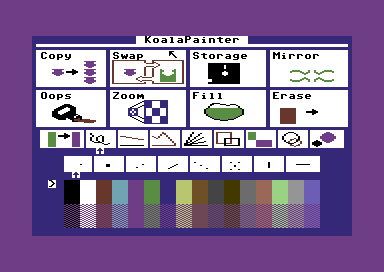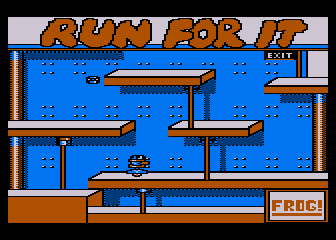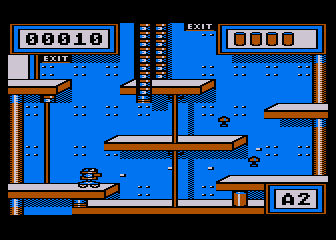Source: Family Computing – Issue Number 9 – May 1984
Back in the 8-bit days there seemed to be a neverending supply of peripheral attachments you could get for your computer. After a disk and/or tape drive, joysticks, a printer, and perhaps a modem, the Koalapad was one of the more popular choices, at least among Commodore 64 owners. It was also available for 8-bit Atari computers, the Apple II and of course the DOS based PCs of the day.
The KoalaPad was a touchpad of sorts that could serve two basic functions. The most popular function was perhaps as an art tool. Along with the pen/stylus that came along with it, you could use it to draw with the included KoalaWare graphics program. However, the more interesting functionality, at least for the time, was as a touchpad interface. Just like a touchpad on a modern laptop, it could be used to move a cursor around, select menu items, drag things around, etc. Sure, that’s nothing special today but at the time it was pretty novel.

There were a number of other programs that ultimately supported the KoalaPad but I think the more popular were art programs, especially KoalaWare itself. There just weren’t too many GUI programs on 8-bit computers until things like GEOS came along a few years later. The KoalaPad was introduced in 1983 and was pretty well supported through 1984. However, by that time, the Macintosh had come along and popularized the mouse which would become the dominant interface device. But maybe if the Commodore 64 had stuck around a few more years we would all be using a KoalaPad 2.0 supporting gestures…
The ad above is from the May 1984 issue of Family Computing.




